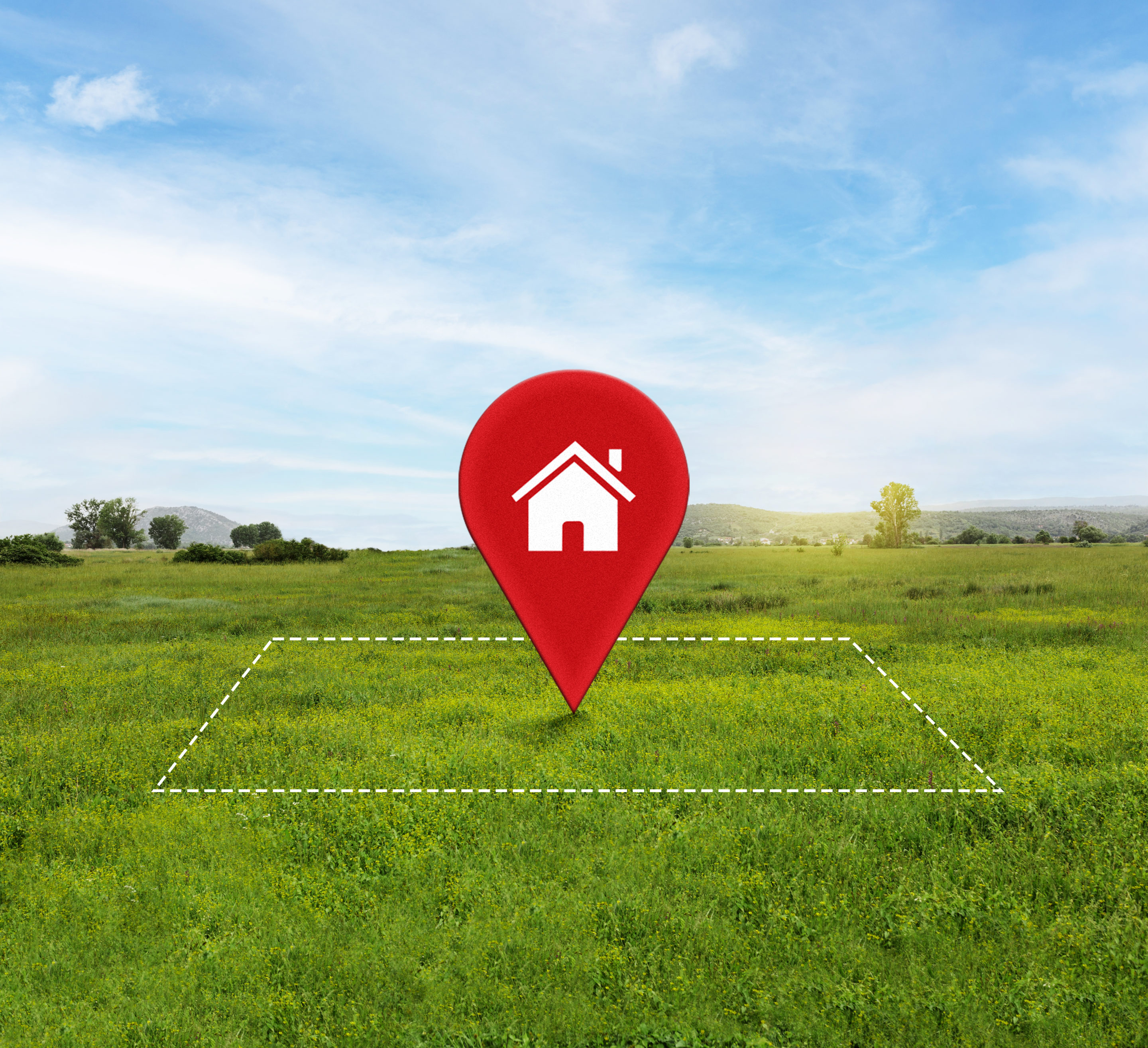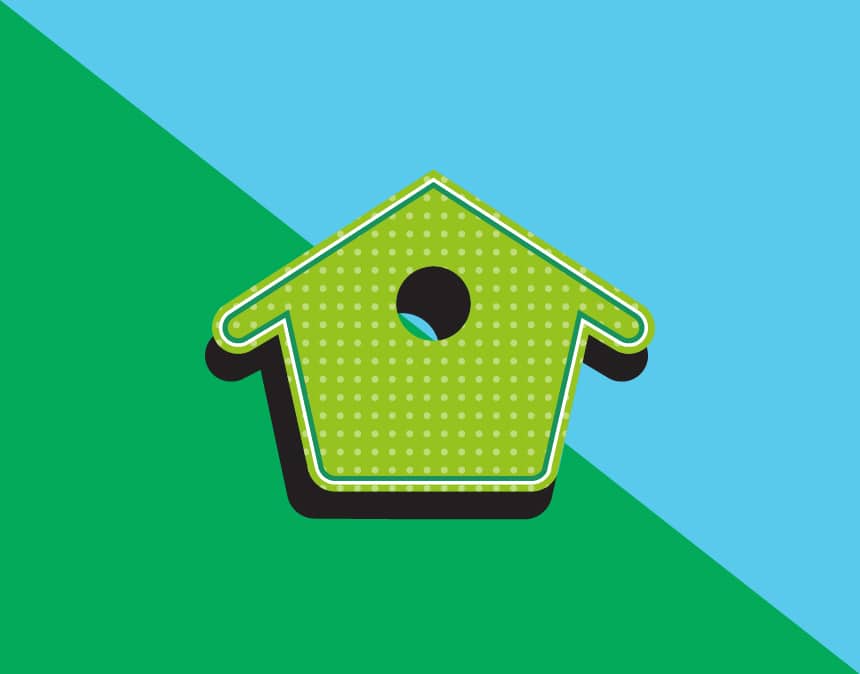Water is the most critical resource and all human activities are dependent upon water.
We use water to drink, a process in industries, support wildlife, generate power and cultivate corps.
Water is therefore said to be ‘’elixir on the earth.
Water has been exploited the most because of its relative abundance and inefficient usage in industry.
This so-called ‘abundance’ is an illusion and encourages sheer wastage of water ultimately this has led our nation to be water-stressed.
Green buildings are sustainable buildings demanding water conservation as well as preventing pollution and using the reuse of greywater and recycled treated water ensuring potable water is used for potable purposes only.
Conservation of water is the basic principle of green building.
An effort should be made to ensure that the material and systems that are used help in the reduction of water consumption in buildings.
The principle of sustainable water management is achievable by using an alternate source of water that can be supplied to meet the water demand where the quality of water need not be potable.
Rainwater Harvesting is a technology in which individual buildings or a group of buildings collect and utilize rainwater during the rainy season.
This water can be stored in storage tanks and used for non-domestic purposes.
Although most technologies focus on creating greener constructions, new advancements are constantly being developed to help both organizations and homeowners reduce waste, environmental degradation, and pollution so that impressive economic, social and environmental benefits can be achieved.
One of the best examples of green building practices is rainwater harvesting.
Rainwater harvesting is probably one of the best concepts that let us gainfully use natural rainwater, which would otherwise go waste.
Especially in areas that are dense with concrete buildings, the rainwater that falls flows away and is lost forever.
That is why it is important for even the smallest of buildings to have in place a rainwater harvesting system that can provide a steady source of water, which can be filtered and re-filtered to make it potable enough for human consumption.
Apart from being used in the restrooms and for watering the garden, the harvested rainwater can be purified using simple techniques to make it safe enough to drink.
The advantage of rainwater harvesting is that it can be done at a very small scale as well as mammoth scales where several thousand liters of water are harvested.
In ICloudHomes, villa builders in trivandrum we follow,
- Rainwater from the site area is collected through a saucer drain and collected in the natural wetland of 1.5MLD and the supernatant water passes to the rainwater sump capacity of 70KLD.
- From the sump the rainwater is pumped to the Raw Water Sump.
- From the Raw Water Sump, it is pumped to Water Treatment Plant (WTP) and the treated water is stored in the Treated Water Sump.
- The Treated water is then supplied to villas through pneumatic pressure pumps.
- Phytorid-treated water is pumped to a centralized Sump which is supplied to Flushing demand requirement, Main landscape, villa landscape, and organic farming, and the excess water is sent back to the pond.





